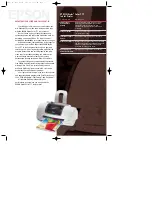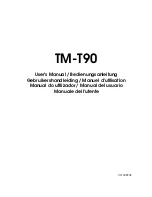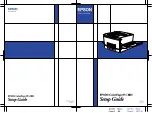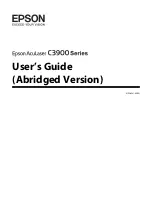
Interfaces
8-14
Serial Data Frame Considerations (RS-232C)
The computer sends serial data in data frames (also known as packets). You can
create 10-bit, 11-bit, and 12-bit data frames and set the serial data transfer parameter
so that each data frame contains 7 or 8 data bits. However, your printer is an 8-bit
printer; characters, controls, and all points addressable (APA) graphics need 8 bits of
data. If you select 7-bit data transfer, some unexpected characters might print.
Data Transmission
The list of acceptable data transfer rates (in bits per second) can be accessed from
the printer control panel or through MarkVision Professional. See your printer
documentation for more information.
Data Bits
The printer sends or receives 7 or 8 data bits in each transmission frame, depending
on which one is selected.
Start and Stop Bits
The printer receives data with 1 start bit and either 1 or 2 stop bits. The printer always
sends 1 start and 2 stop bits.
Parity
There are four possible parity settings: Odd, Even, None, and Ignore.
Odd
The port expects to receive data frames with an odd number of logical
1’s per byte. The printer transmits XOFF and XON with odd parity. If the
printer detects a parity error, the port sends X'5F' to the printer instead
of the character sent by the host system.
Even
The port expects to receive data frames with an even number of logical
1’s per byte. The port transmits XOFF and XON with even parity. If the
port detects a parity error, the port sends an inverted question mark to
the printer instead of the character sent by the host system.
None
The port expects no parity bit when it receives data. The port transmits
XON and XOFF without parity bits.
Ignore
The port expects a parity bit when the port receives a data frame. The
port ignores the parity bit. The port uses even parity when it transmits
XON and XOFF.
















































